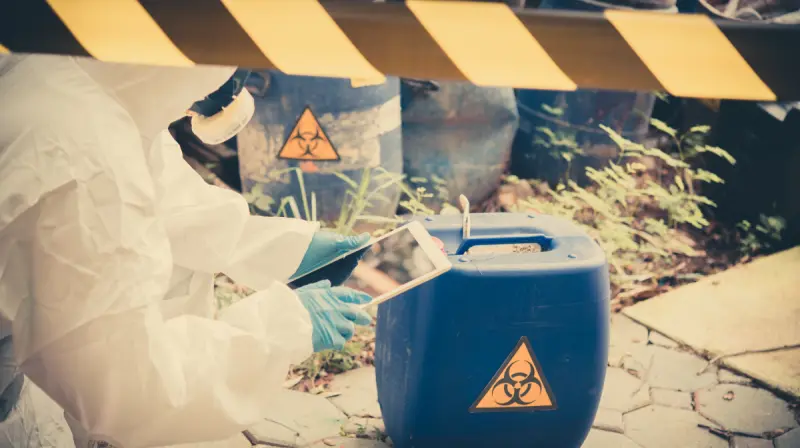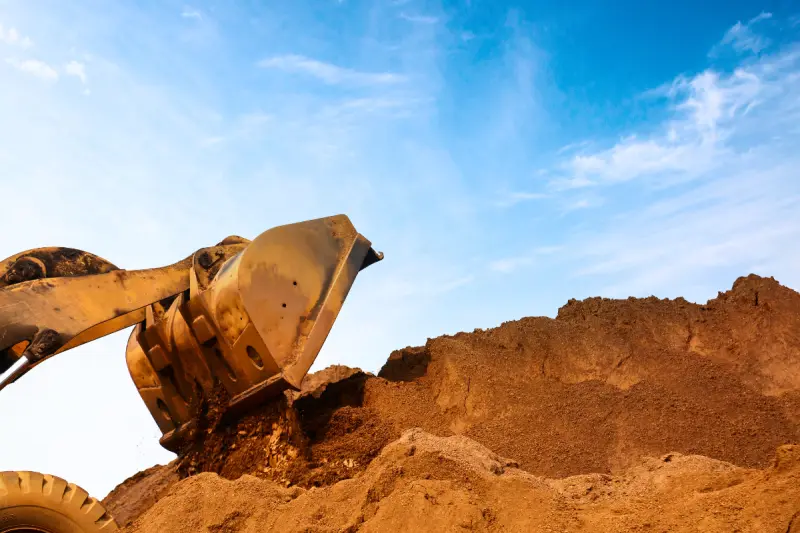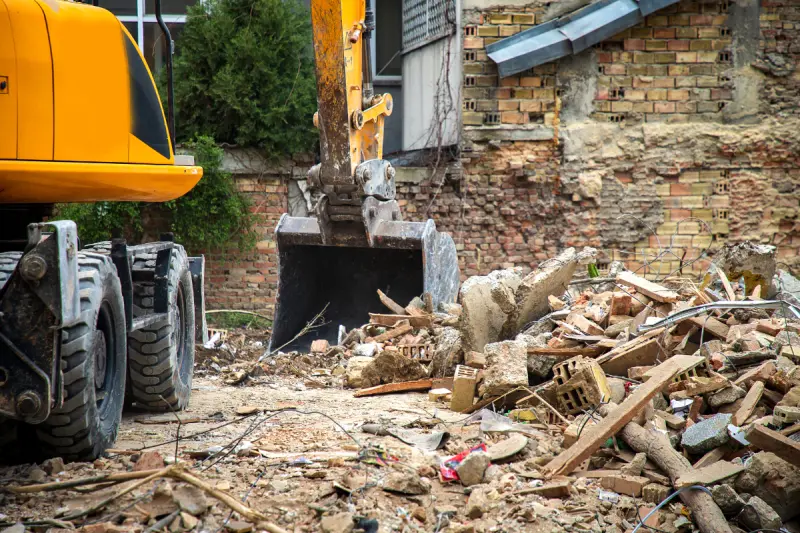This article looks at common hazardous substances on construction sites. From asbestos and lead to chemicals and solvents, uncover the potential dangers lurking in building materials and processes.
Dust
Many people often ignore a commonly encountered issue at construction sites: dust. Whenever materials such as concrete or wood are drilled, cut, or torn down, they release tiny dust particles into the atmosphere. You might think that dust is harmless, especially when you consider its small size. However, when it's breathed in, it can lead to severe health complications such as lung diseases and work-related asthma. To counter the risk dust poses, it's crucial to implement different measures that control exposure.
For instance, using wet-cutting techniques instead of dry-cutting can significantly reduce the amount of dust produced. Likewise, adequately separating workspaces is another effective way to prevent dust particle distribution. Furthermore, construction workers should always utilise personal protective gear to lessen their contact with dust even more. This includes dust masks, which block dust inhalation, and goggles, which prevent dust from getting into the eyes.
Consequently, they can continue to work without the constant threat of dust-related health issues. Yet, merely providing personal protective equipment is not enough. It's also vital that health and safety information is easily accessible to every worker. They should be educated on the possible health dangers of dust exposure. In addition, they need to understand the importance of sticking to safety protocols, which can protect not only themselves but also their comrades on the construction site. Comprehensive education paired with robust safety protocols can create a haven for workers amidst a dust-laden landscape.
Mould
Although mould is commonly associated with damp homes, it can also be a significant issue on construction sites, specifically in buildings being renovated or demolished. Construction workers are frequently exposed to mould in these environments.
The misconception that mould only affects domestic settings can lead to an underestimation of its harmful effects at construction sites. If workers are exposed to mould for an extended period, it can cause a host of health issues.
These include problems related to the respiratory system, symptoms similar to common allergies, and even severe lung infections in extreme cases.
These health risks are not only a concern for the worker's personal well-being but also impact productivity at the construction site, and thus, need to be managed effectively. Just as various measures are employed for dust control at construction sites, similar preventative methods can be implemented for mould exposure.
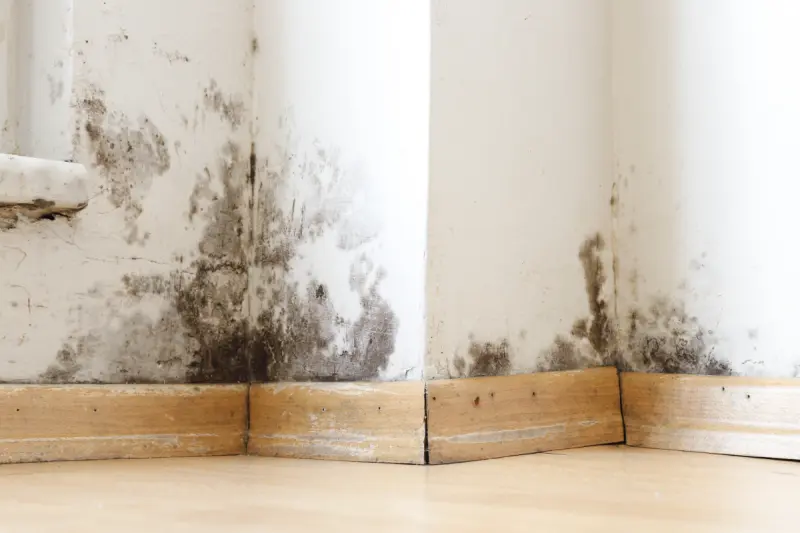
For instance, workers need to be equipped with suitable personal protective equipment (PPE). Such PPE includes protective suits, which shield workers' bodies from coming into direct contact with mould, and respirators, which protect their respiratory system from inhaling mould spores.
Beyond PPE, another critical measure in controlling mould at construction sites involves the appropriate handling of damaged or mould-infested materials. These materials should be discarded promptly and effectively to curb further growth of mould and prevent the release of spores.
Failure to correctly dispose of mould-infested materials could lead to mould spreading, potentially increasing the health risks for workers and prolonging the remediation process. In summary, mould management in construction sites, much like in residential homes, requires recognition, prevention, and adequate control measures.
This involves the use of proper personal protective equipment and sensible handling of mould-infested materials. These preventative practices can aid in maintaining a safer and healthier working environment for construction personnel, while also ensuring that projects can proceed without unnecessary delays caused by health concerns.
Solvents
Solvents encompass a category of substances defined by their distinctive ability to dissolve or dilute other substances. Intriguingly, they can conduct this job without altering the chemical composition of the substances they are dissolving or diluting. These substances prove to be incredibly useful in construction settings due to their involvement in various processes. They are essential components in adhesives, paint and a range of cleaning products often seen on construction sites.
However, despite their undoubted usefulness, solvents can pose significant hazards to health through various means. These include ingestion, inhaling the substance or actual physical contact with it. For instance, solvents have the harmful potential to inflict damage to essential body parts and systems. The central nervous system, liver, skin, eyes and lungs can all be particularly vulnerable to these substances.
However, there are effective ways to curtail these risks, preventing them from causing harm. The use of personal protective equipment (PPE) plays a crucial role in safeguarding individuals against these dangers. Additionally, ensuring a workspace has ample ventilation can help to diffuse the potentially toxic effect of solvents in the air. A crucial safety measure also lies in the safe and secure storage of these substances. Solvents need to be stored away from any heat sources or sparks, which could ignite them, thus reducing the risk of fires and potential health hazards.
Sharps & Needlesticks
Construction sites are intrinsically hazardous environments, inclusive of the potential risk of encountering sharps and needlesticks that may be concealed within the debris and rubble. Workers in these environments may unknowingly handle dangerous waste, leading to accidental pricks or cuts, which could have serious health implications.
This risk is heightened by the fact that these types of injuries can facilitate the transmission of blood-borne diseases, such as Hepatitis B, Hepatitis C and HIV. These illnesses can have a devastating impact on an individual's health, highlighting the importance of taking the necessary preventative measures.
One of the crucial steps in mitigating these risks is equipping workers with suitable personal protective equipment (PPE). For instance, puncture-resistant gloves can significantly reduce the potential risk of skin puncture injuries.
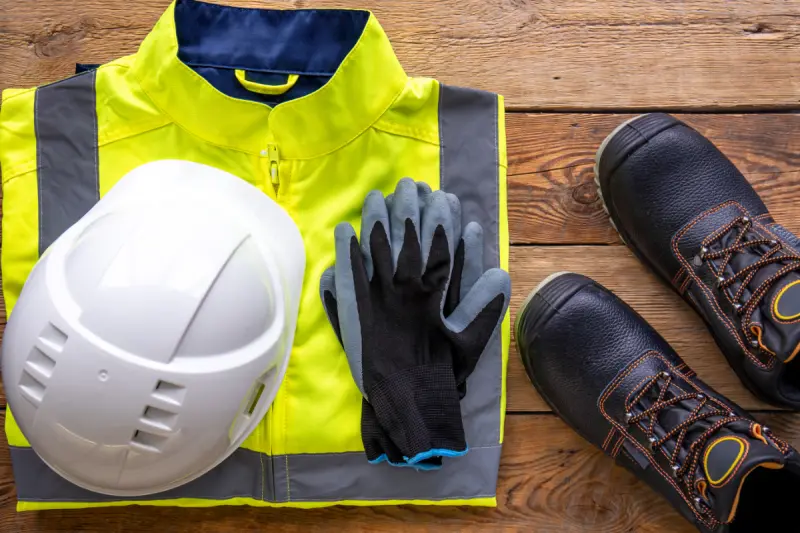
They provide a crucial physical barrier between the skin and any hazardous materials, including sharps. However, relying solely on PPE may not be sufficient in ensuring the safety of workers. It's also essential to provide them with the correct training and instruction. Workers should be taught proper techniques on how to handle and dispose of sharps safely to prevent any accidental injuries. This includes appropriate picking up techniques, using tools rather than hands directly, and disposing of the sharps in certified sharps containers.
In essence, it's crucial that everyone on a construction site understands the potential risks and how to minimise them. This is achieved through the combination of effective training, suitable PPE, and implementing safe sharps handling procedures. This way, we can ensure the safety and wellbeing of all construction site workers in the face of sharps hazards.
Man-Made Mineral Fibres
Man-made mineral fibres, frequently utilised in various insulation applications, can present a substantial hazard to the health of individuals working in the construction sector. These fibres, which are both diminutive in size and lightweight in nature, can be inhaled with relative ease, entering the lungs where they can inflict considerable damage.
This risk bears a striking resemblance to the well-documented threats related to asbestos exposure. It is critical to safeguard these workers by equipping them with the appropriate personal protective equipment (PPE). This should ideally include protective clothing designed to cover the entire body, leaving no areas exposed to potential contact with the dangerous fibres.
Also essential are respirators, which filter the air entering the worker's lungs, effectively removing any hazardous materials that may be present. However, donning PPE doesn't guarantee absolute safety; further precautions are required in the form of controlled work methods. Implementing specific procedures for handling and disposing of materials containing mineral fibres can drastically reduce the risk of inhalation.
Similarly, tools and equipment used to manipulate these materials should limit the release of fibres into the atmosphere. This could involve the use of tools with dust extraction features and the wetting of materials prior to treatment, restricting the release of harmful fibres. Providing workers with well-ventilated and regularly cleaned workspaces also contributes significantly to minimising these risks. Reducing dust levels and promptly removing waste materials from the workspace can help curtail the spread of these potentially harmful fibres.
In some cases, despite the best efforts applied, some risks cannot be eradicated entirely. Therefore, regular health surveillance is key.
Periodic checks on workers exposed to man-made mineral fibres can help promptly identify and address any emerging health issues, preventing them from escalating into serious conditions. Safety and health in the construction sector should be paramount. Therefore, being aware of the potential dangers of man-made mineral fibres and implementing necessary protective measures is a requirement in order to maintain a safe and healthy work environment.
RB Grab Hire Ltd delivers prompt and consistent builders waste disposal in Southampton, Portsmouth and Fareham. Contact us today to find out more about our unmatched grab hire and muck-away services.

